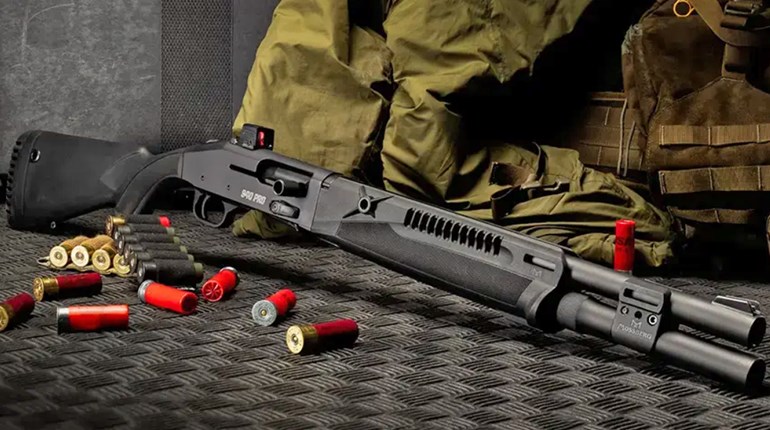
Well, we are urged to stay home while this COVID-19 crud runs its course. We should specifically stay away from groups of people and many businesses are shutting down until the worst is over. What this means to defensive shooters is that your trips to the shooting range may be temporarily curtailed. I suppose that one could sit and wring his hands, or he could get busy and setup some regular dry practice right there in the home.
Notice I said dry practice, not dry fire practice. If you are doing it right, and safely, there is no firing involved. The idea is to carefully unload the gun, even checking it several times just to be sure that it really is empty. In fact, I’d suggest taking the ammo and putting it in another room during a practice session. In this regard, there is no such thing as being too careful.
In dry practice, you can work to improve your draw stroke, your sight picture, and your trigger press. You might set up a small target or just simply focus on something on the far wall. The idea with the draw stroke is to make it as smooth as possible, taking out all unnecessary movement. I like to start slowly, making sure that each step in the draw stroke is positive and smooth. After several repetitions of this, it’s time to work on speed. And, if you carry concealed, be sure to put on a concealment garment during your practice session.
In terms of sight picture and trigger press, the shooter’s eyes should be focused on the spot on the target where the shot should go. The handgun is drawn and raised into the shooter’s field of vision until the sights are on that spot. The trigger press should be coordinated so that the trigger is tripped just as the sights line up with the target spot. There should be no hesitation between the time the sights line up and the trigger is pressed.
The best form of practice is to get in a room by yourself, with no other distractions, so that you can totally focus on the skills being developed. The concentration should be intense. For this reason, a 20-minute session, each day, should be plenty. When you go into the other room to retrieve your ammo and reload your gun, the practice session is over — PERIOD — holster the loaded gun and quit for the day. To do otherwise invites a negligent discharge and spouses tend to frown on extra openings in the house.
While we all stay hunkered down until this virus blows over, it's also a good time to completely disassemble your defensive handgun and give it a thorough cleaning, light lubrication, and general inspection. Don’t know how to disassemble your carry piece? Well, now is a good time to learn and you’ll find instruction videos on the Internet for just about all of the popular brands.
Still have time on your hands? Well, get into the shop and reload some practice ammunition. You’ll need it because this mess won’t last forever.
Stay well!!!



































